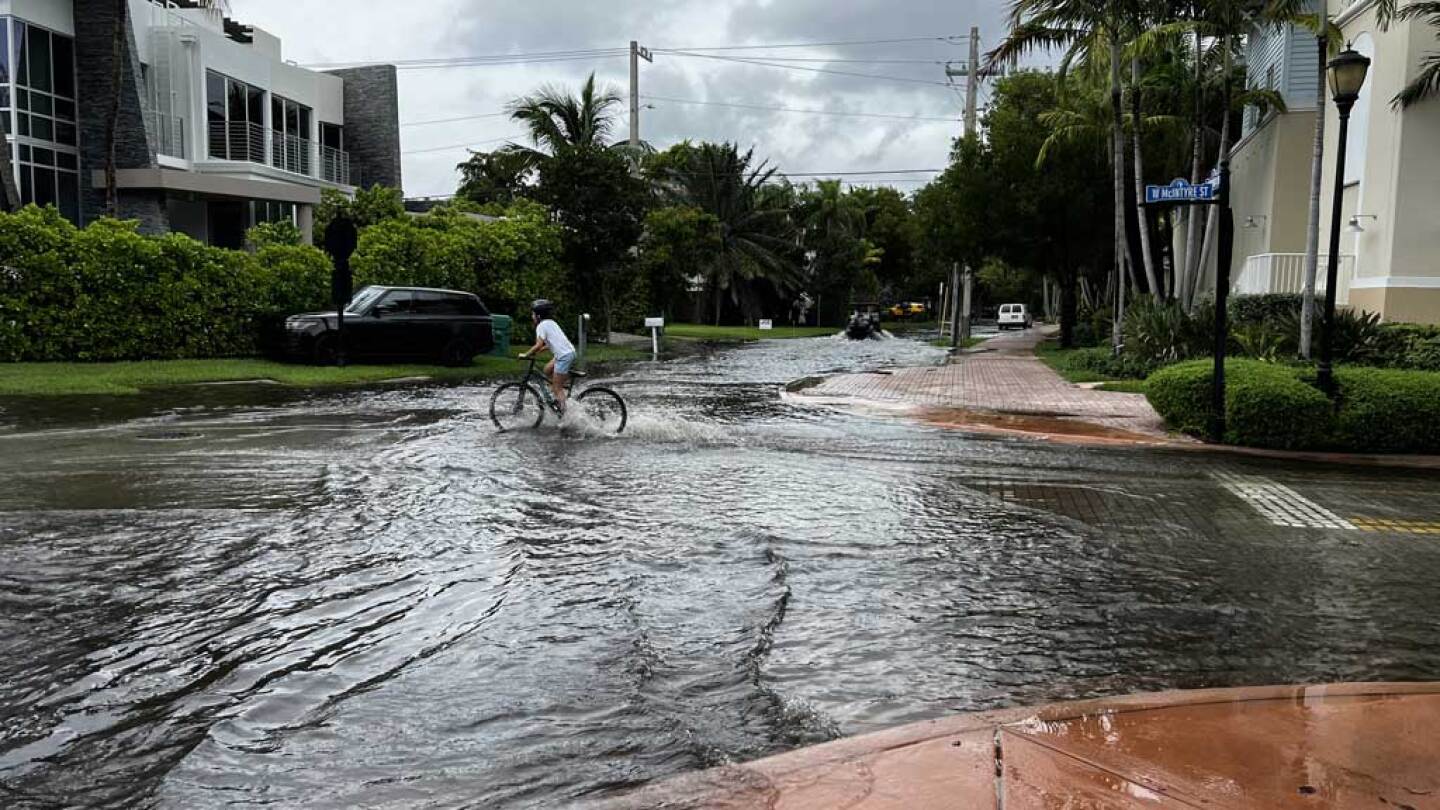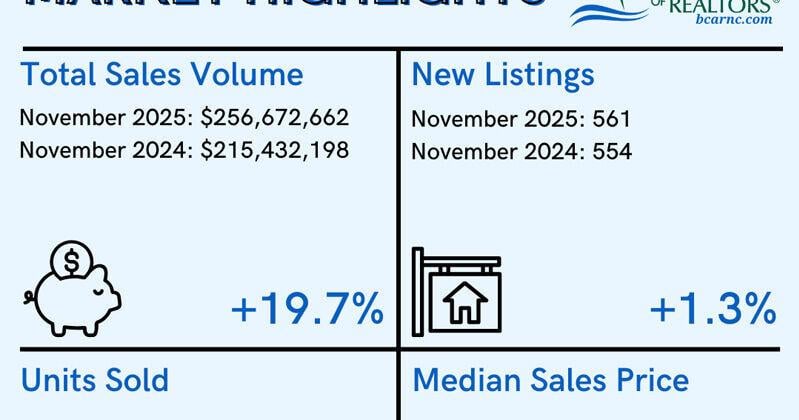T
he Trump Administration has proposed additional cuts to the National Oceanic and Atmospheric Administration (NOAA) for fiscal year 2026, which starts on October 1. The agency, a branch of the Commerce Department, already lost roughly 30 % of its 2025 funding and is slated to spend 14 % less on climate research than Congress has authorized.
Real‑estate professionals depend heavily on NOAA’s data to guide investment decisions, so the proposed reductions could ripple through the sector.
“With a $1.5 trillion annual deficit and a $37 trillion debt, we must decide what the federal government can do and what the private sector can handle,” said Diana Furchtgott‑Roth, director of the Center for Energy, Climate, and Environment at the Heritage Foundation. Her organization’s Project 2025 outlines a plan to shrink the federal government, including NOAA.
NOAA’s information underpins more than $10 trillion of goods and services, from commercial real estate to weather forecasting, ocean monitoring, climate analysis, geospatial positioning, and disaster warnings. Alec Bogdanoff, principal scientist at Brizaga, explained that NOAA data is “deeply embedded in the economy and development sector in ways that are not always visible to the public.” He added that whether investors are buying property, assessing hazards, or planning mitigation, evidence‑based decisions rely on NOAA’s research.
Investment managers often use third‑party climate‑risk software built on NOAA data. LaSalle Investment Management, for instance, relies on First Street’s independent analyses, which incorporate NOAA’s historical temperature, precipitation, hail, hurricane, sea‑level, and other environmental data to generate high‑resolution flood, wildfire, and wind risk insights. Ed Kearns, chief science officer at First Street and former NOAA data officer, noted that while the firm can create its own models, NOAA’s open data remain essential for private‑sector innovation.
Elena Alschuler, LaSalle’s head of sustainability for the Americas, said analysts still use NOAA data to spot long‑term climate hazards at project sites. “If a location is flagged as having an elevated physical climate risk, we dig deeper into additional data sources to evaluate building resilience and community measures before deciding whether we’re comfortable with that risk.”
NOAA’s National Centers for Environmental Information (NCEI) maintains the nation’s environmental data and stresses that it is integral to American infrastructure. “Our data inform everything from initial siting, engineering, and construction to the pricing of building materials, insurance rates, and property taxes,” NCEI said.
The National Geodetic Survey’s National Spatial Reference System, including the NAVD88 elevation baseline, underpins surveying, engineering, zoning, floodplain mapping, and insurance rates. Developers of waterfront or low‑lying communities rely on sea‑level rise projections and inundation models to design for resilience. The NAVD88 system is currently being refined with more precise satellite‑based models. Bogdanoff added that as technology improves, so does our ability to map the Earth, from determining the minimum elevation for a new hospital to assessing future flood risk for an entire city.
Coastal developments command premium prices—on average 78 % higher than inland properties, with Florida at 119 % and California at 101 %—making NOAA data even more critical. Jean‑Francois Roy, CEO of OceanLand, emphasized that building where ocean and land meet requires a deep understanding of environmental risks and a commitment to long‑term resilience.
Kearns warned that eliminating NOAA’s Atlas 15 precipitation estimates could severely impact developers and communities, especially as rainfall increases and fluvial flooding worsens. Accurate forecasts are essential for risk mitigation investments.
Insurance companies also rely on NOAA’s historical disaster data. Alschuler explained that while climate‑risk providers focus on forward‑looking analysis, insurers look to catastrophe maps and past event histories for underwriting, rate setting, and reinsurance planning. Bogdanoff agreed that without a solid data foundation, insurance markets would face greater uncertainty and costs, and a stable, data‑informed insurance sector provides the certainty developers need for long‑term commitments.














